Irrecha is an annual and popular thanks giving cultural practice among the Oromopeople. It is celebrated mainly on the top of a mountain and a river bank, or lake shore. The Irrecha ceremony performed at a river bank is celebrated during the end of rainy season at the end September known among the Oromo as Birra. It is celebrated as thanks giving event for past fortune, peace, health, fertility, good weather and harvest.
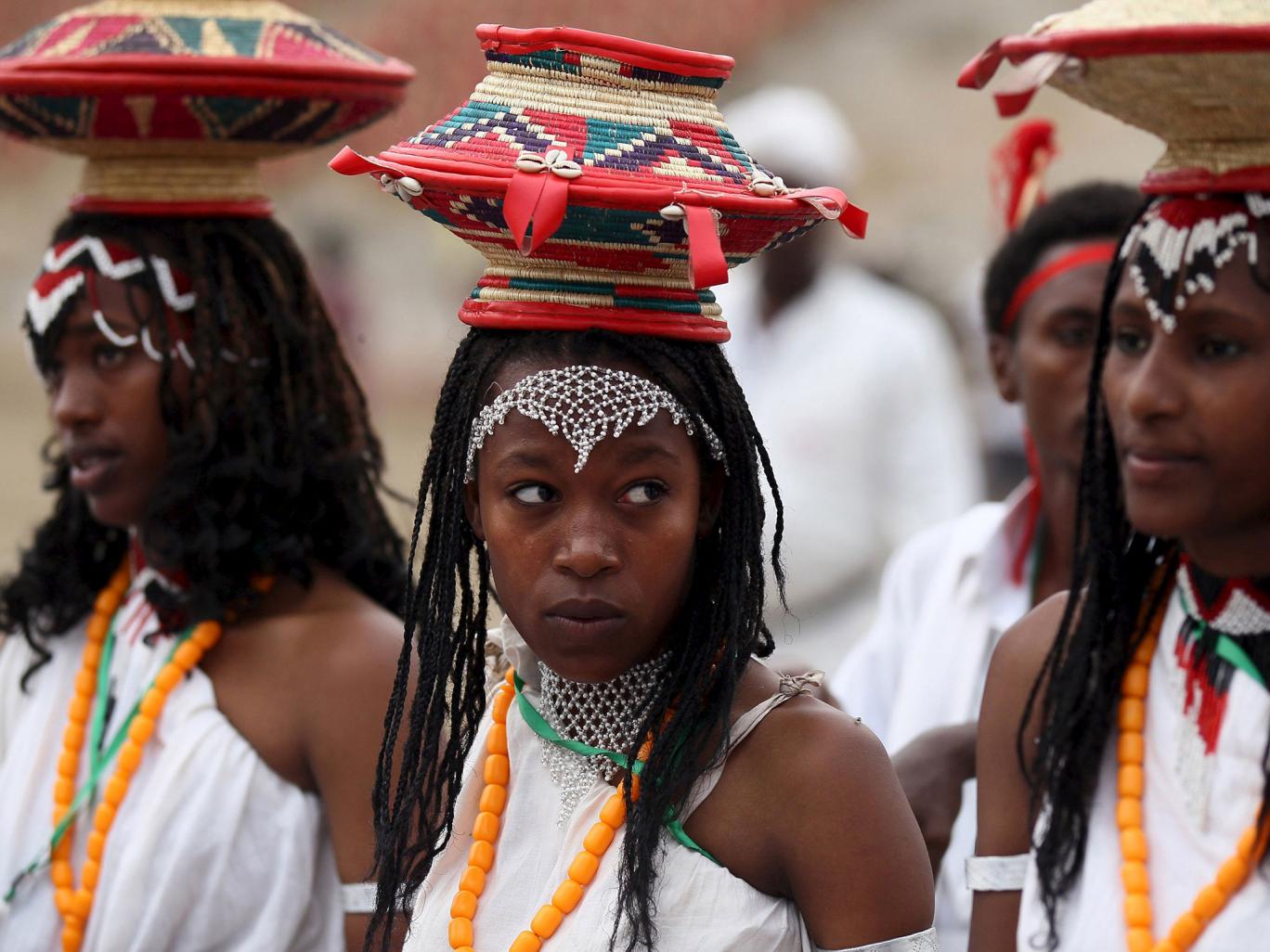
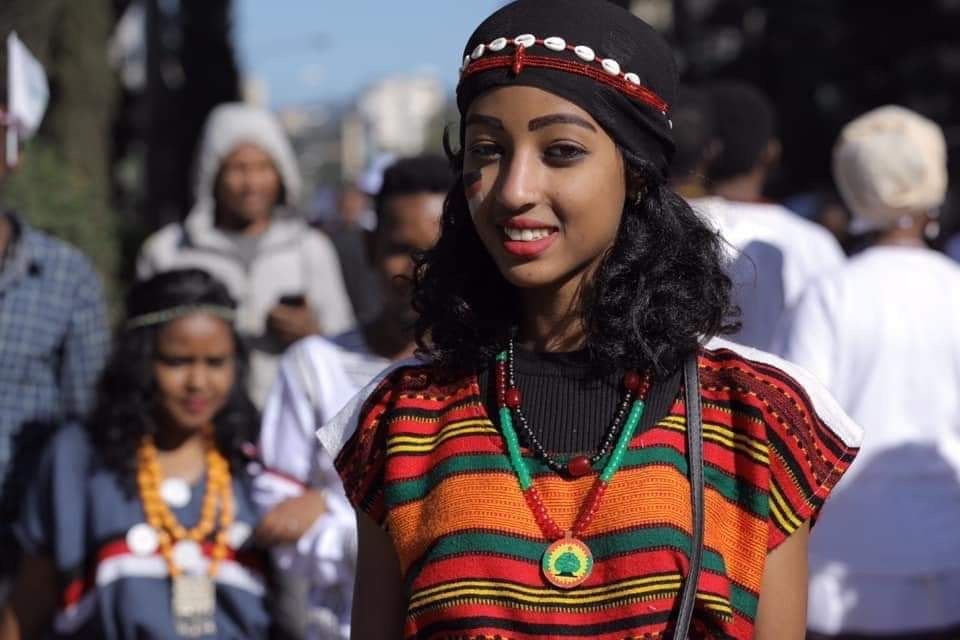

Fichee-Chambalaalla is a thanks giving and New Year festival of the Sidama people. Each year, the ayanto (Sidama astronomers) determine the correct date for the festival, which is then announced to each Sidama clan to be celebrated roughly between May and June, but depending on the decision of the Sidama astrologers. Fichee-Chambalaalla is one of the socio-cultural heritages handed down by forefathers to descendants and has been celebrated for more than 2000 years.

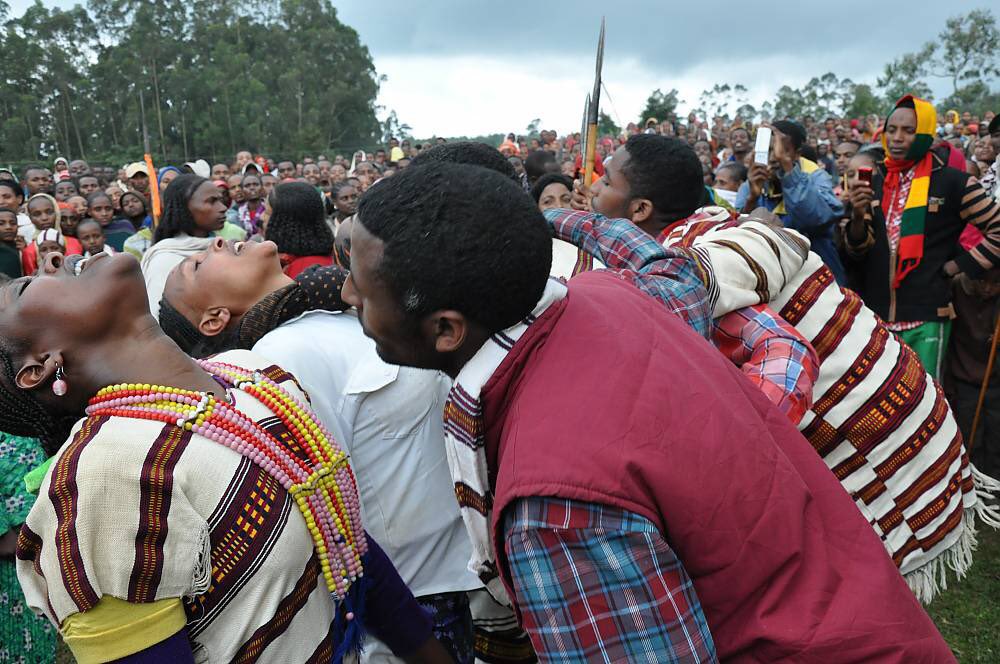
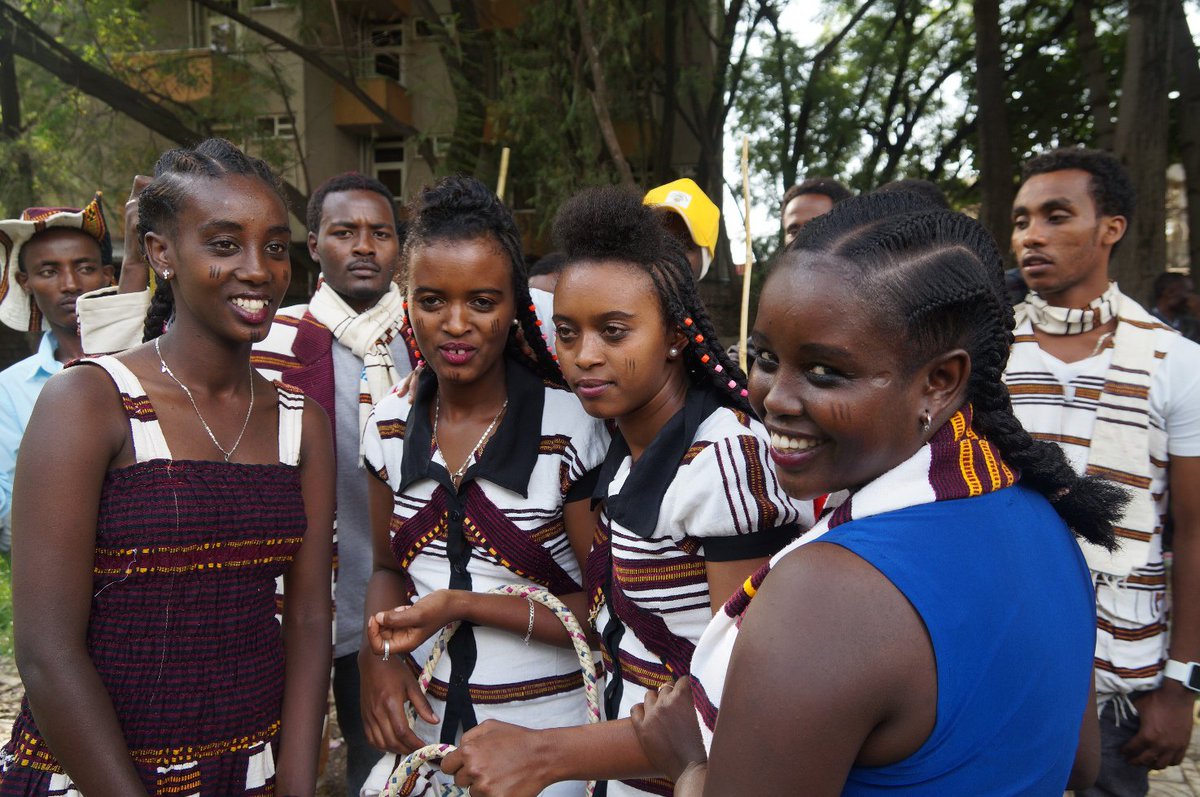
The different ethnic groups in southern Ethiopia perform unique cultural practices that deserve visiting. Only the bull jumping ceremony of the Hamar People of the Omo Valley.
The Hamar are known for their unique custom of “bull jumping,” which initiates a boy into manhood. First, female relatives dance and invite whipping from men who have recently been initiated; this shows their support of the initiate, and their scars give them a say on who they marry.

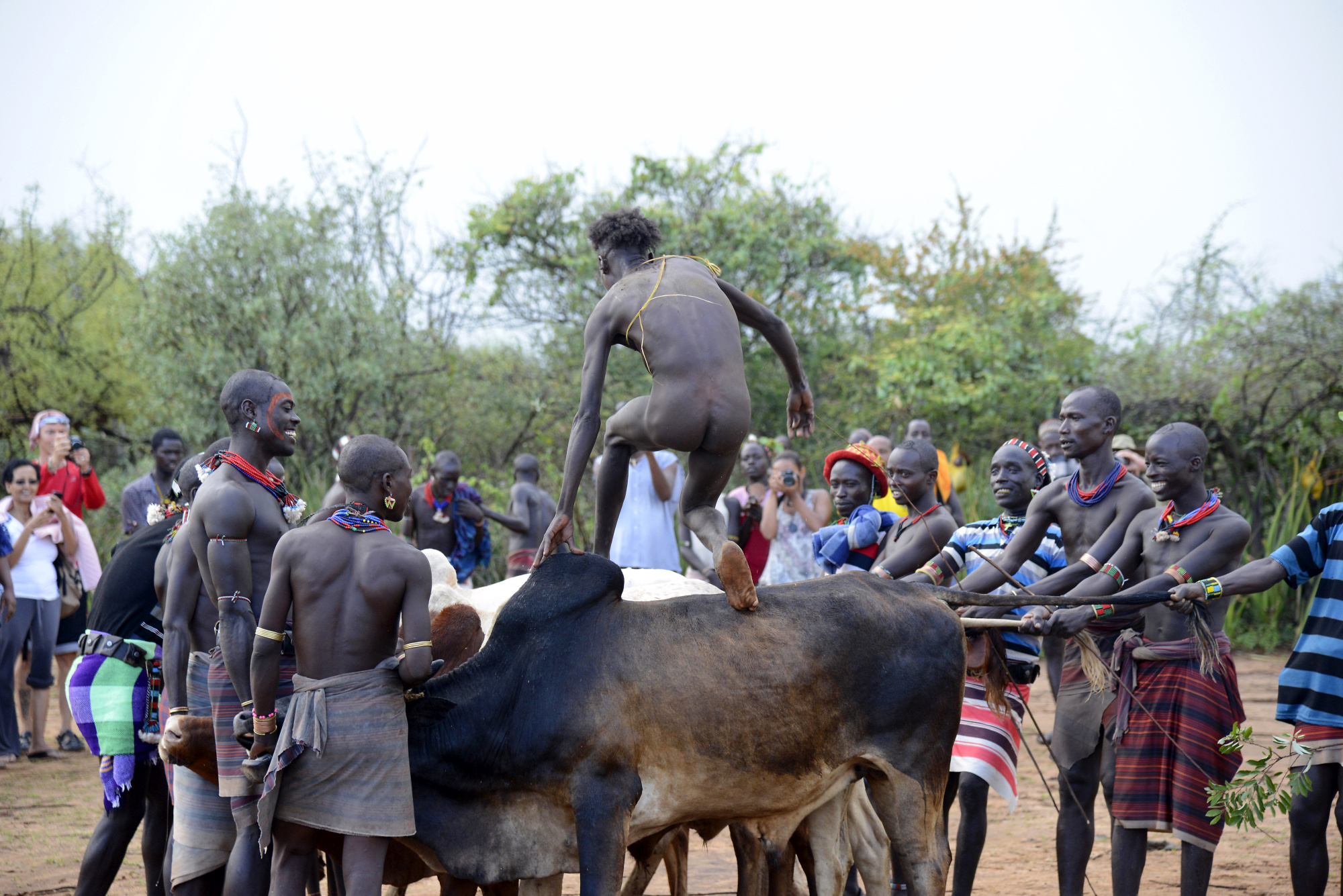

Ashenda is a unique cultural festival annually celebrated in northern Ethiopia, among Orthodox Christianity followers, mainly in the Tigray and Amhara regions. It is typically celebrated between 16-26 August every year. The celebration commonly continues for three days but in some localities, it could continue up to a month. Although Ashenda is the most common name, it has different names in different areas of northern Ethiopia. Among these, in Enderta, Adwa, Shire, Tembien and Mekelle it is called Ashenda and in Lalibela, Raya and Alamata areas it is called Solel and celebrated on August 16; in Sekota and Waghimra it is called Shadey and celebrated on August 16. Ashenda is considered as girls’ and young women’s festival in which during the days they adorn themselves in dresses called ‘tilfi’ which is a cotton dress ornamented on the front with amazing embroidery from the neck to toe.


